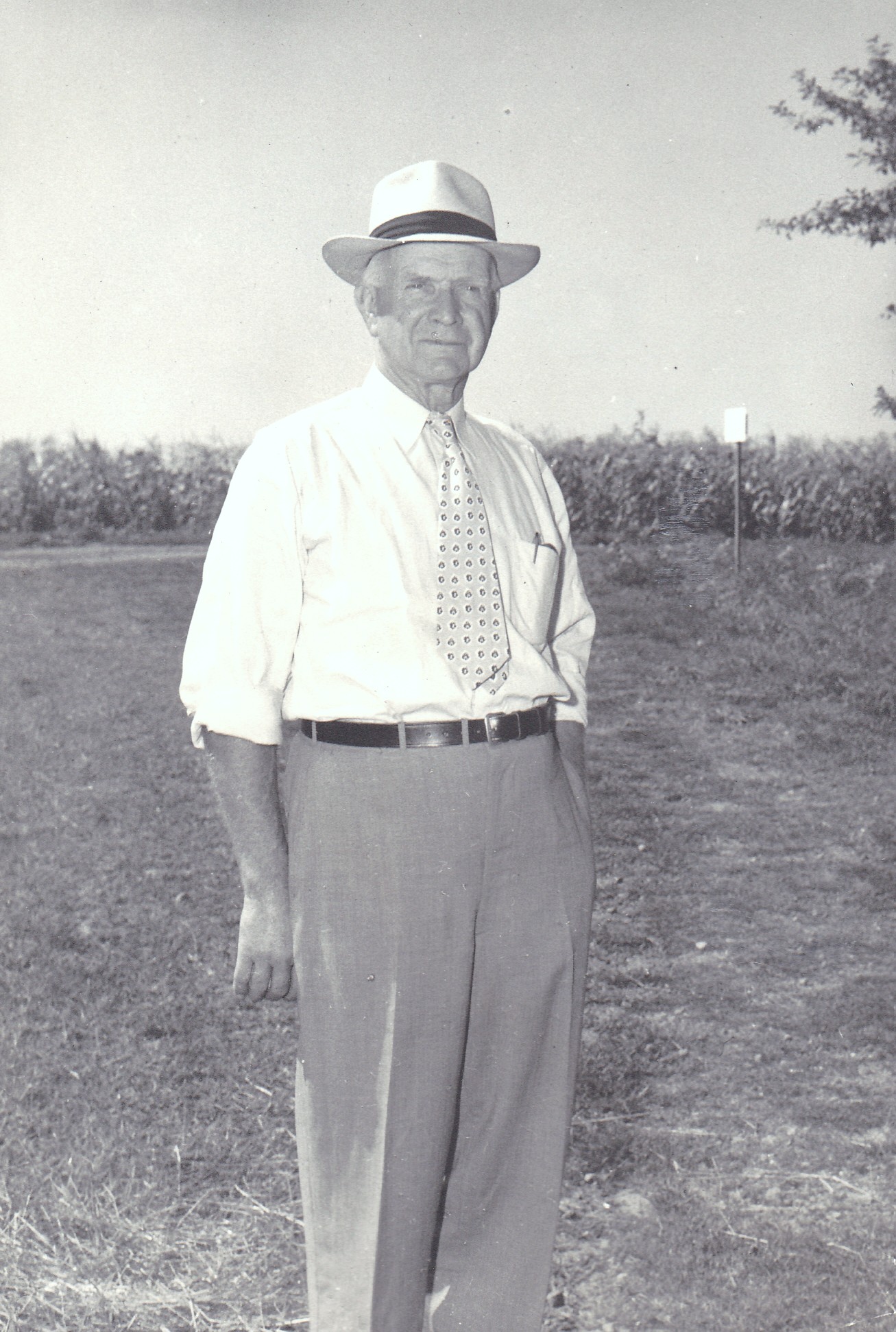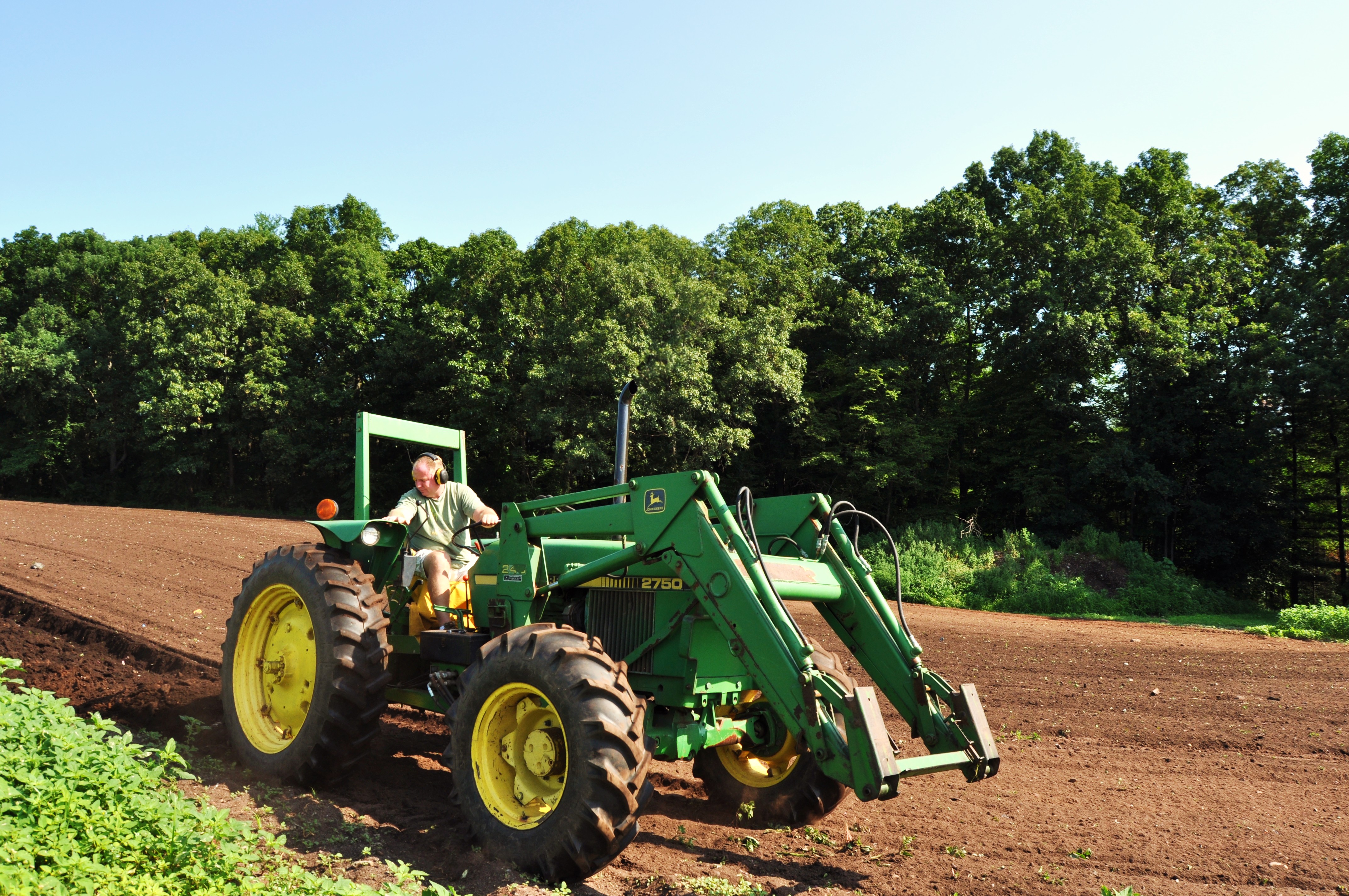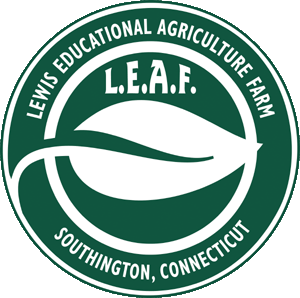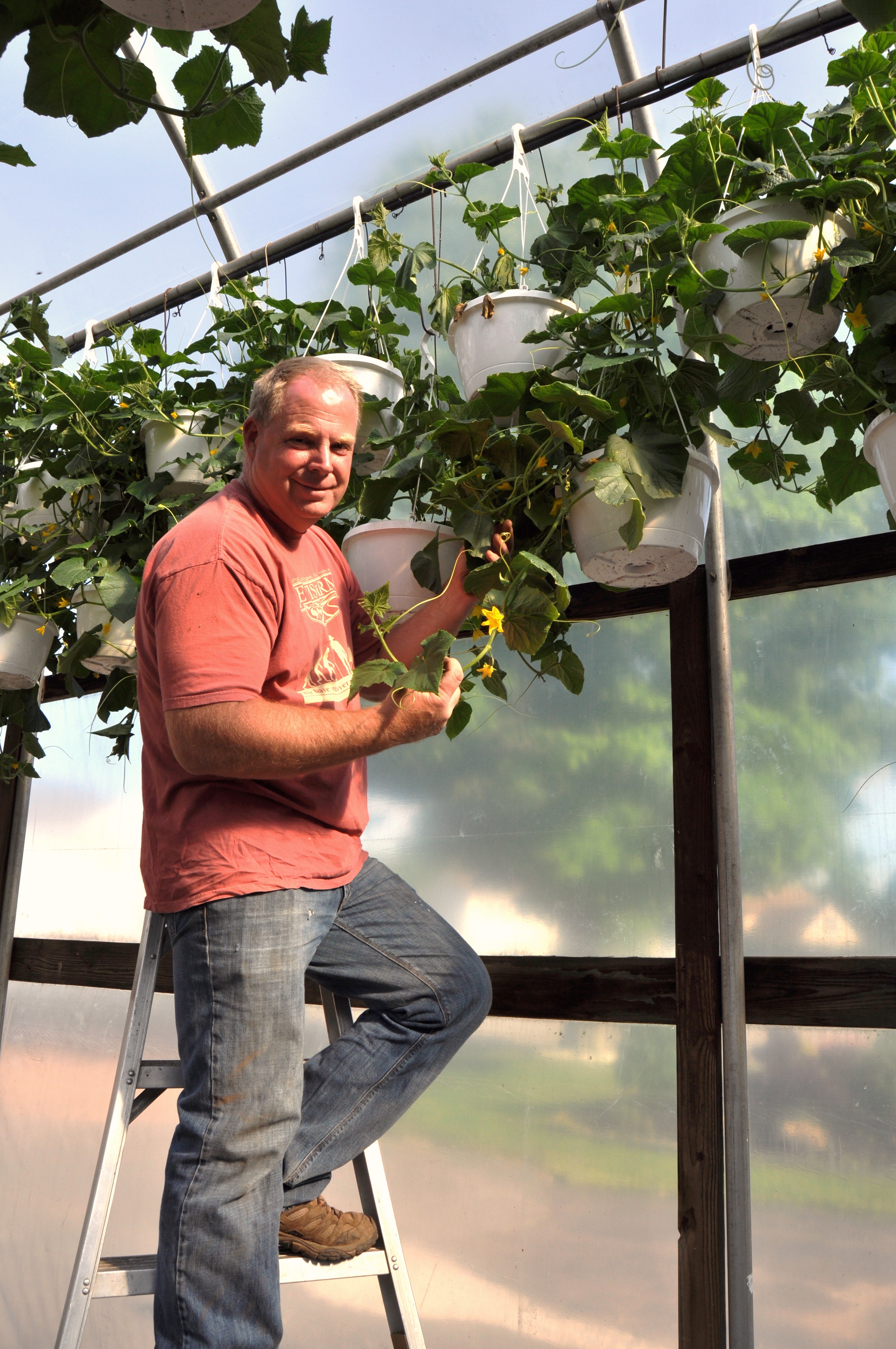History Of The Lewis Family Farm
A Legacy Of Responsible Stewardship Of The Land
The Lewis family farm is an 8th generation farm located in the valley of central Connecticut that has been committed to producing the highest quality agricultural products for more than 230 years.
In 1632 William Lewis, his wife Felix and their infant son William set sail from London, England on the ship Lyon. The Lewis family arrived in Boston Harbor on September 16, 1632. They settled in Cambridge, Massachusetts living there for 4 years before moving to Farmington valley area of Connecticut. William's great grandson Nathan moved to the Marion district of Southington and was the founder of the Lewis family farm in the early 1700's. Three generations later Frances Deming Lewis purchased the land located on Flanders Road in Southington. The small white farm house located on this property is where Frances's grandson J.B. Lewis was born in 1879 as was his son F. Douglas Lewis in 1902. This is also the house J. B's great grandson Mark Ramsay (founder of the L.E.A.F.) lived in for his first 27 years before marrying and building his own house located on another part of the farm. J.B. Lewis and his only son Douglas purchased the property on Belleview Ave. in Southington in the 1920's, which is the property where the Lewis Educational Agriculture Farm is located. Currently the Lewis Family farm is operated by 7th generation Lewis farmer Mark Ramsay. Mark has been farming his family's farm full time for the past 35 years.
When the farm was established in the 1700's, hay, firewood, horses and other animals were raised and sold . Decades later during the 1800's the farm raised corn, hay and some of the first alfalfa cultivated in Connecticut. In the early part of the 1900's dairy cows were grazed on the hay fields of the Flanders road farm, a dairy processing plant was built on the farm located on Berlin Ave and home delivery routes were established throughout the Southington area. J.B. Lewis served in the legislature during this time and help write the Connecticut dairy act. The 1920's brought a change in the family's focus from dairy to vegetable, and then to apple, peach and pear production. Early in the 1930's the red brick cold storage building was built to extend the length of the marketing season to support the increased vegetable and fruit production. The outbreak of world war two in Europe created a need for tomato and rhubarb seed. Large quantities of these seeds were grown, processed and shipped overseas to aid the war effort. Asparagus roots were grown and harvested for transplanting and sold through a number of seed companies across the United States during the 1940's and through the early 1960's. Douglas and his wife Margaret had three daughters. Even with little free time due to the long hours it takes to farm. F. Douglas Lewis would make time to give back to the town he loved by serving on many town committees and boards through the 40's 50's and 60's. While at college, middle daughter Sylvia fell in love with a city boy from Arlington Massachusetts who was getting his degree in agriculture, his name was Stewart Ramsay. They married and moved back to the farm in August of 1957; this is also the year the first retail farm stand was built, located on the corner of Belleview Ave. and Meriden Ave.. Stewart and Sylvia had three sons, Todd, Mark and Peter. Together four generations of Lewis's worked hard to increase fruit production on the farm from the 60's through the 1970's. The steady increase in production steadily increasing into the 80's created a need for the addition of fruit packing facility and cider mill to the farm. During this time Stewart and Sylvia Ramsay were very involved with the CT Department of Agricultural, helping to promote Connecticut grown products and Stewart served on the Ct Governor's Council for Agriculture. In 1989 Sylvia, Stewart and their three sons decided to modernize and expand the retail farm stand to help increase local sales. They added more than 2000 square feet of retail space to the existing building and a complete bakery, walk- in freezers and refrigerators' and many Ct grown products. Cider production reached its peak in the early 1990's, with more than 85,000 gallons being produced annually. During this peak, an ecoli outbreak happened in a neighboring town that led to a rapid drop in consumer confidence in apple cider and a drop in production. Around the same time, the 80 acres of orchard located on the Flanders farm were hit by a devastating hail storm in mid July. After suffering two large drops in revenue due to acts of mother nature our production focus changed once again. By the end of the 1990's we had grown from 1 greenhouse to 7, with more than 22,800 square feet of growing area which included annuals, perennials and vegetable plants. Two acres of matted field area were used to grow more than 30,000 mums, cabbage and kale of all different sizes and colors.
The new millennium brought a surge in the locavore movement which helped to fuel the increase in vegetable production and led to a change in the way in which we marketed these crops. Today the L.E.A.F. markets most of its crops through its CSA (Community Supported Agriculture) programs and Farmers Markets. We also supply a number of local restaurants, institutions, and farm stands.
We currently raise vegetables 9 months of the year, from May through the end of January, on our fertile fields and in our greenhouses. We have made a conscious decision to move towards more sustainable farming practices through the years, trying to eliminating the use of synthetically produced pesticides and petroleum chemically based fertilizers.
By forming the L.E.A.F. the Lewis- Ramsay family hopes to continue its legacy of responsible stewardship of the land and educate the students and citizens of the Southington CT area about sustainable growing practices for many years and generations to come.




